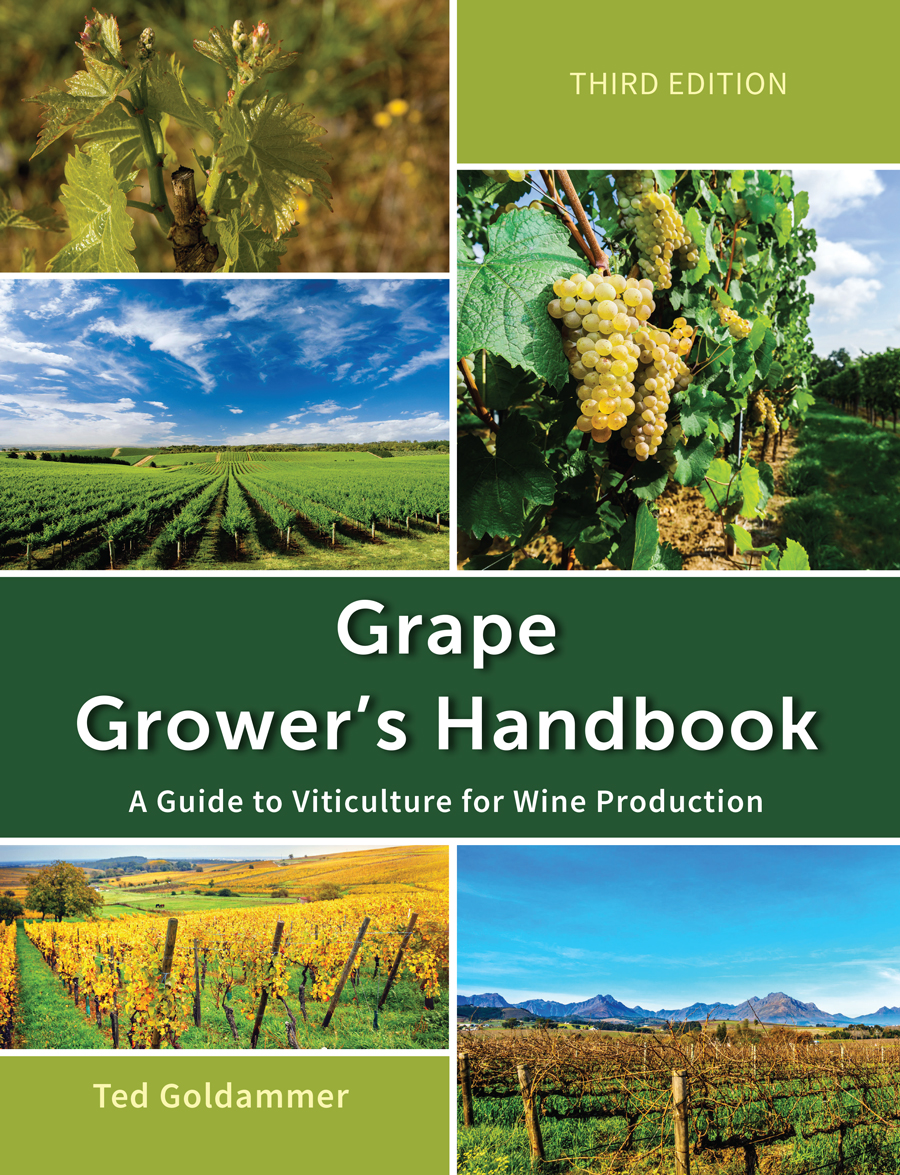Cover Cropping in Vineyards
Establishing and Managing Cover Crops
Cover crops need to be managed properly for them to be effective. This may itself involve selecting the seed-source, planting the cover crops, fertilization, tillage, and mechanically and chemically controlling the cover crops. It is important that each of these operations is managed carefully to avoid potential problems with the grapevines and to ensure a strong cover crop is produced.
Seed Source
Cover crop seed should be purchased from dealers who sell quality seed that has been tested for viability and is free from weed species.
Time of Planting
Cover crops can either be planted in the spring or late summer. Planting late summer, unfortunately coincides with grape harvest in many vineyards, so seeding cover crops may be difficult to schedule.
Seed Bed Preparation
Regardless of the cover crop species selected, soil preparation is relatively standard. Both broadcast seeders and seed drills require ground preparation whereas a no-till drill requires little or no ground preparation and will plant directly into most surfaces.
Seeding
Cover crops can be seeded with various planting equipment including a broadcast seeder, a conventional seed drill, and a no-till drill.
Broadcast Seeder
Broadcast spreaders are not very precise. Seed is broadcast onto a prepared, roughened seedbed, followed by raking, dragging or rolling to cover as much of the seed as possible with about ¼ to ⅜ inch (0.6 to 1 cm) of soil.
Seed Drills
Seed drills place the seed with much more precision than broadcast seeders (See Figure 30.5). Seed drills can be calibrated to apply seed at precise rates and depths. For expensive or small seed, drills are often the best approach.
No-Till Drilling
Another option in seeding cover crops with no-till drills, which offers the greatest long-term potential benefits in erosion control, soil quality and productivity, water conservation, energy efficiency, and production efficiency. No-till seeding is suitable for highly erodible soils and for late-season establishment. In both cases, erosion at establishment will be minimized.
Fertilization
Nitrogen is generally the most important fertility consideration for annual and perennial grasses if grown alone.
Click on the following topics for more information on cover cropping in vineyards.
Topics Within This Chapter:
- Introduction to Cover Cropping in Vineyards
- Benefits and Drawbacks of Cover Crops
- Life Cycle of Cover Crops
- Types of Cover Crops
- Cover Crops: Monocultures or Mixtures?
- Tilled or No-till Cover Cropping Management Systems
- Managing Pests with Cover Crops
- Criteria for Selecting Cover Crop Species
- Establishing and Managing Cover Crops
- Suppression or Control of Cover Crops
- Selected References

